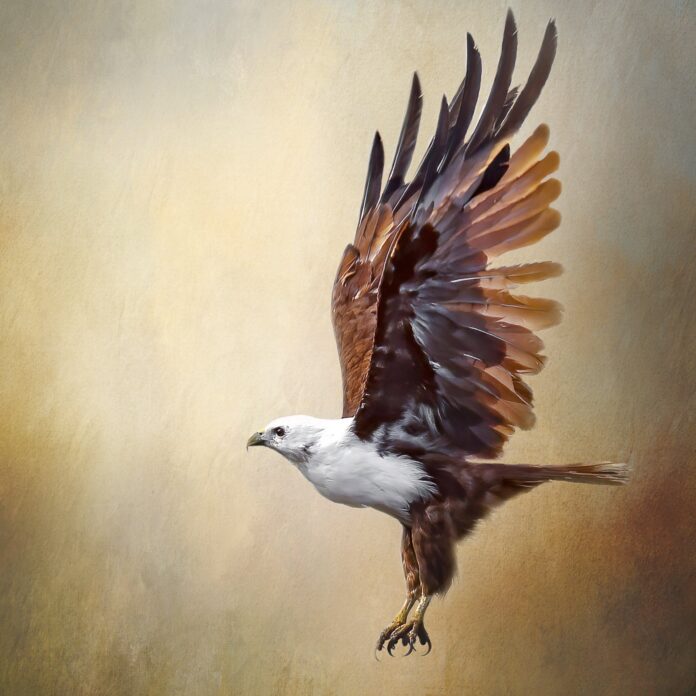The animation is a method in which a collection of images is combined in a specific way and processed then they appear as moving images. Building animations make on-screen objects seems to be alive. Android has quite a few tools to help you create animations with relative ease. So in this article, let’s learn to create android animations using Java.
Table of Attributes
| XML ATTRIBUTES | DESCRIPTION |
|---|---|
| android:id | Sets unique id of the view |
| android:duration | Used to specify the duration of the animation |
| android:fromDegrees | Starting angular position (in degrees) |
| android:toDegrees | Ending angular position (in degrees) |
| android:fromXScale | Starting X size offset |
| android:toXScale | Ending of X size offset |
| android:fromYScale | Starting Y size offset |
| android:toYScale | Ending of Y size offset |
| android:fromAlpha | Starting alpha value for the animation (1.0 means fully opaque and 0.0 means fully transparent) |
| android:toAlpha | Ending alpha value |
| android:fromYDelta | Change in Y coordinate to be applied at the beginning of the animation |
| android:toYDelta | Change in Y coordinate to be applied at the end of the animation |
| android:pivotX | Represents the X-axis coordinates to zoom from the starting point |
| android:pivotY | Represents the Y-axis coordinates to zoom from the starting point |
| android:interpolator | It defines the rate of change of an animation |
| android:startOffset | Delay occurs when an animation runs (in ms), once start time is reached |
How to add animation in Android using Java
Step 1: Create a New Project
- Start Android Studio (version > 2.2)
- Go to File -> New -> New Project.
- Select Empty Activity and click on next
- Select minimum SDK as 21
- Choose the language as Java and click on the finish button.
- Modify the following XML and java files.
Step 2: Modify activity_main.xml file
In the XML file, we have added an ImageView, TextView, and Button inside the RelativeLayout.
XML
<?xml version="1.0" encoding="utf-8"?><RelativeLayout android:layout_width="match_parent" android:id="@+id/RL1" android:layout_height="match_parent" tools:context=".MainActivity"> <ImageView android:id="@+id/imageView1" android:layout_width="200dp" android:layout_height="150dp" android:layout_below="@id/textView0" android:layout_centerHorizontal="true" android:layout_marginTop="100dp" android:visibility="visible" android:src="@drawable/logo2" /> <TextView android:id="@+id/textView1" android:layout_width="match_parent" android:layout_height="wrap_content" android:text="4 common animations in android" android:layout_below="@id/imageView1" android:layout_marginTop="50dp" android:layout_centerHorizontal="true" android:gravity="center" android:fontFamily="sans-serif" android:textSize="50px"/> <Button android:id="@+id/button1" android:layout_width="150dp" android:layout_height="wrap_content" android:text="Blink" android:layout_below="@id/textView1" android:layout_marginLeft="50dp" android:layout_marginTop="40dp"/> <Button android:id="@+id/button2" android:layout_width="150dp" android:layout_height="wrap_content" android:text="Slide" android:layout_below="@id/textView1" android:layout_alignParentRight="true" android:layout_marginRight="50dp" android:layout_marginTop="40dp"/> <Button android:id="@+id/button3" android:layout_width="150dp" android:layout_height="wrap_content" android:text="Rotate" android:layout_below="@id/button1" android:layout_marginLeft="50dp" android:layout_marginTop="30dp"/> <Button android:id="@+id/button4" android:layout_width="150dp" android:layout_height="wrap_content" android:text="Zoom" android:layout_below="@id/button2" android:layout_alignParentRight="true" android:layout_marginRight="50dp" android:layout_marginTop="30dp"/> </RelativeLayout> |
Step 3: Add these XML files to the anim directory
After modifying the layout we will create XML files for animations. So we will first create a folder name anim. In this folder, we will be adding the XML files which will be used to produce the animations. For this to happen, go to app/res right-click and then select Android Resource Directory and name it as anim.
Some Common Types of Animations in Android are,
- Blink – Hides the object for 0.6 to 1 second.
- Slide – Move the object either vertically or horizontally to its axis.
- Rotate – Rotate the object either clockwise or anti-clockwise.
- Zoom – Zoom in or out the object in the X and Y-axis.
blinks.xml
<?xml version="1.0" encoding="utf-8"?> <alpha android:fromAlpha="0.0" android:toAlpha="1.0" android:interpolator="@android:anim/accelerate_interpolator" android:duration="700" android:repeatMode="reverse" android:repeatCount="infinite"/></set> |
rotate.xml
<?xml version="1.0" encoding="utf-8"?> android:fromDegrees="0" android:toDegrees="360" android:pivotX="50%" android:pivotY="50%" android:duration="2500" > </rotate> android:startOffset="5000" android:fromDegrees="360" android:toDegrees="0" android:pivotX="50%" android:pivotY="50%" android:duration="2500" > </rotate> </set> |
slides.xml
<?xml version="1.0" encoding="utf-8"?> android:fillAfter="true" > <scale android:duration="500" android:fromXScale="1.0" android:fromYScale="1.0" android:interpolator="@android:anim/linear_interpolator" android:toXScale="1.0" android:toYScale="0.0" /></set> |
zoom.xml
<?xml version="1.0" encoding="utf-8"?> android:fromXScale="0.5" android:toXScale="3.0" android:fromYScale="0.5" android:toYScale="3.0" android:duration="4000" android:pivotX="50%" android:pivotY="50%" > </scale> android:startOffset="5000" android:fromXScale="3.0" android:toXScale="0.5" android:fromYScale="3.0" android:toYScale="0.5" android:duration="4000" android:pivotX="50%" android:pivotY="50%" > </scale> </set> |
Step 4: Modify MainActivity.java
To perform animation in android, we have to call a static function loadAnimation() of the class AnimationUtils. We get the result in an instance of the Animation Object. Syntax to create animation object:
Animation object = AnimationUtils.loadAnimation(getApplicationContext(), R.anim.ANIMATIONFILE);
To apply the above animation to an object(Let say in an image), we have to call the startAnimation() method of the object. Syntax to call the method:
ImageView image = findViewById(R.id.imageID);
image.startAnimation(object);
Methods of animation class:
|
Method |
Description |
| startAnimation(object) | Starts the animation |
| setDuration(long duration) | Sets the duration of animation |
| getDuration() | Gets the duration of animation |
| end() | Ends the animation |
| cancel() | Cancels the animation |
Java
import androidx.appcompat.app.AppCompatActivity;import android.os.Bundle;import android.view.View;import android.view.animation.Animation;import android.view.animation.AnimationUtils;import android.widget.Button;import android.widget.ImageView; public class MainActivity extends AppCompatActivity { ImageView logo; Button blink, slide, rotate, zoom; @Override protected void onCreate(Bundle savedInstanceState) { super.onCreate(savedInstanceState); setContentView(R.layout.activity_main); // GFG logo logo = findViewById(R.id.imageView1); // blink button blink = findViewById(R.id.button1); // slide button slide = findViewById(R.id.button2); // rotate button rotate = findViewById(R.id.button3); // zoom button zoom = findViewById(R.id.button4); // blink button listener blink.setOnClickListener(new View.OnClickListener() { @Override public void onClick(View view) { // call a static function loadAnimation() // of the class AnimationUtils Animation object = AnimationUtils .loadAnimation( getApplicationContext(), // blink file is in anim folder R.anim.blinks); // call the startAnimation method logo.startAnimation(object); } }); // slide button listener slide.setOnClickListener(new View.OnClickListener() { @Override public void onClick(View view) { // call a static function loadAnimation() // of the class AnimationUtils Animation object = AnimationUtils .loadAnimation( getApplicationContext(), // slide file is in anim folder R.anim.slide); // call the startAnimation method logo.startAnimation(object); } }); // rotate button listener rotate.setOnClickListener(new View.OnClickListener() { @Override public void onClick(View view) { // call a static function loadAnimation() // of the class AnimationUtils Animation object = AnimationUtils .loadAnimation( getApplicationContext(), // rotate file is in anim folder R.anim.rotate); // call the startAnimation method logo.startAnimation(object); } }); // zoom button listener zoom.setOnClickListener(new View.OnClickListener() { @Override public void onClick(View view) { // call a static function loadAnimation() // of the class AnimationUtils Animation object = AnimationUtils .loadAnimation( getApplicationContext(), // zoom file is in anim folder R.anim.zoom); // call the startAnimation method logo.startAnimation(object); } }); }} |

